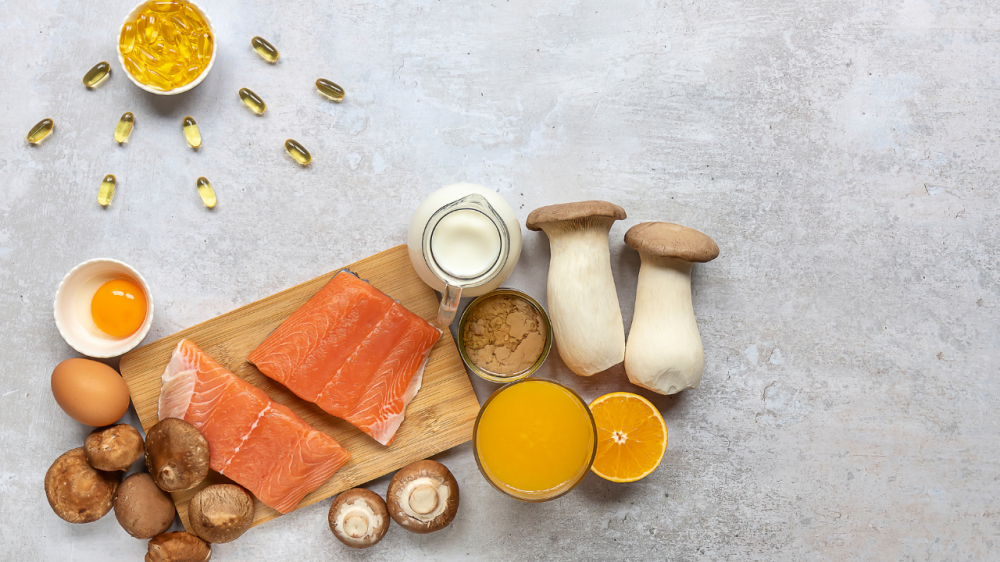How to Get Vitamin D Without Risking Excessive Sun Exposure

Vitamin D is an essential nutrient that our body needs for many vital functions like building strong bones. Low vitamin D intake is a major health concern, as 42% of the U.S. population are vitamin D deficient. This is why we want to share five ways to get vitamin D without risking excessive sun exposure.
1. Take Vitamin D Supplements
Taking a supplement is one of the easiest ways to ensure you are getting adequate amounts of vitamin D. Countries like the United States do not regulate nutritional supplements, so make sure you are purchasing high quality supplements that have been independently tested.
2. Consume Fatty Fish & Seafood
Fatty fish and seafood are a natural way to consume vitamin D as various species contain different amounts. For example, a farmed salmon may contain less vitamin D than a wild caught salmon. Fish and seafood that are rich in vitamin D are tuna, mackerel, oysters, shrimp and sardines.
3. Eat Fortified Foods
Fortified foods are foods that have micronutrients added to them. This is because few foods naturally contain substantial amounts of vitamin D. Cow’s milk, orange juice, cereal and certain types of yogurts are common fortified foods.
4. Try Wild Mushrooms
Did you know that mushrooms are one of the few vegetarian sources of vitamin D? Like humans, mushrooms produce vitamin D from UV light. Wild mushrooms contain higher amounts of vitamin D than commercially grown mushrooms. When consuming wild mushrooms, do be cautious because many species are poisonous.
5. Add Egg Yolks to Your Diet
Pasture or free-range chickens are an excellent source of vitamin D because they have access to sunlight. Their eggs contain more vitamin D than chickens that are raised indoors. Chickens raised indoors only contain about five percent of the recommended dietary intake. Chickens raised outside contain up to twenty percent of the RDI.
According to the National Institute of Health (NIH), exposing your face, arms, legs or back to sunlight for 5–30 minutes twice a week — without sunscreen — is usually sufficient to generate optimal vitamin D levels but we know that’s not always an option as the seasons change and you want to protect your skin from too much exposure as well. Vitamin D is an essential nutrient, and many people struggle to get enough of it. We hope these five tips help you receive adequate amounts of vitamin D safely.

0 comments